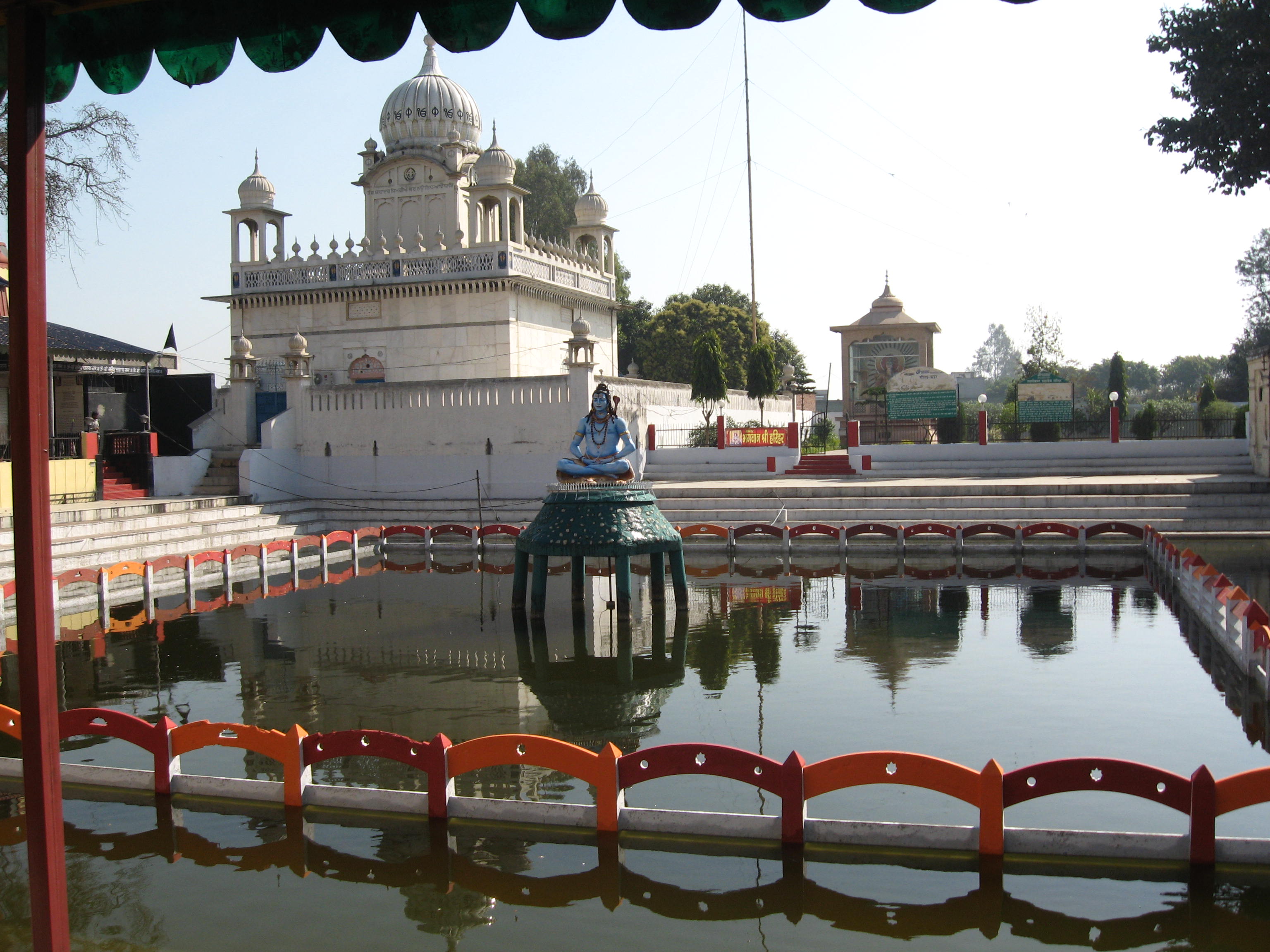Sannihit Sarovar represents a profound confluence of spiritual, historical, and cultural significance nestled in the heart of Kurukshetra, Haryana. This sacred water reservoir embodies centuries of religious narrative and mythological depth, emerging as a pivotal site in Hindu spiritual geography. Its reputation transcends mere physical boundaries, symbolizing a sacred space where divine rivers and human devotion intersect.
The site's mythological significance stems from its believed connection to the seven sacred Sarasvati rivers, a concept deeply rooted in Hindu cosmology. Pilgrims have traversed great distances to immerse themselves in these hallowed waters, particularly during auspicious periods like Amavasya and solar eclipses. The spiritual potency attributed to Sannihit Sarovar is so profound that a ritual bath here is considered equivalent to performing the complex Ashvamedha Yajna, a testament to its revered status.
Integral to the narrative landscape of the Mahabharata, Sannihit Sarovar exists within a geography laden with epic significance. The surrounding area resonates with the echoes of the legendary battle, transforming the landscape into a living testament of Hindu philosophical and historical consciousness. Nearby temples dedicated to deities like Vishnu, Laxmi Narayan, and Dhruv Bhagat further amplify the site's spiritual ecosystem, creating a complex tapestry of religious experience.
The genealogical importance of Sannihit Sarovar adds another layer to its cultural significance. Purohits and Pandas maintain meticulous registers that enable pilgrims to trace their ancestral lineages, a practice that connects contemporary visitors with their historical roots. This documentation represents more than mere record-keeping; it is a living bridge between past and present, allowing individuals to understand their place within larger familial and cultural narratives.
Architecturally modest yet spiritually rich, the Sarovar and its surrounding temples reflect a design philosophy prioritizing sacred function over aesthetic complexity. The simplicity of the structures belies the profound spiritual energy that permeates the environment. Each shrine, each stone speaks to centuries of devotional practice, transforming the physical space into a conduit for transcendental experience.
The socio-cultural landscape of Sannihit Sarovar has been dynamically shaped by local and governmental initiatives aimed at preserving and promoting its heritage. These efforts have not only enhanced visitor infrastructure but have also helped contextualize the site within broader narratives of cultural preservation and spiritual tourism. Modern improvements have made the site more accessible while carefully maintaining its essential spiritual character.
Beyond its religious significance, Sannihit Sarovar represents a microcosm of Hindu cultural continuity. The site embodies the persistent threads of mythology, genealogy, and spiritual practice that have sustained Indian cultural identity through millennia. Visitors are not merely tourists but participants in an ongoing narrative of collective memory and spiritual exploration.
Contemporary engagement with Sannihit Sarovar continues to evolve, balancing traditional reverence with modern accessibility. Pilgrims and scholars alike are drawn to this sacred space, seeking connections with divine mythology, historical depth, and personal spiritual transformation. As a living heritage site, Sannihit Sarovar remains a powerful testament to the enduring vitality of India's rich spiritual traditions.



